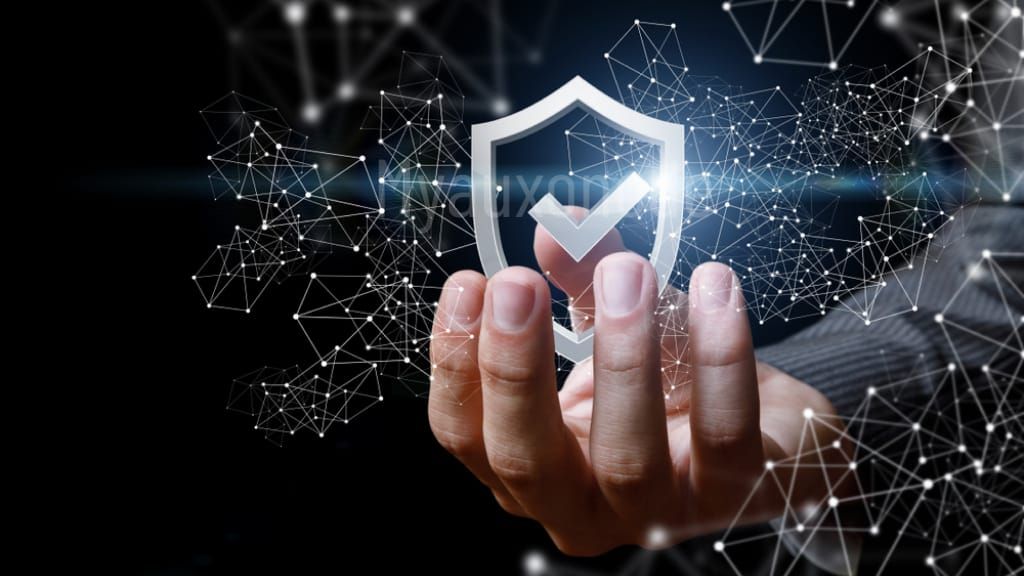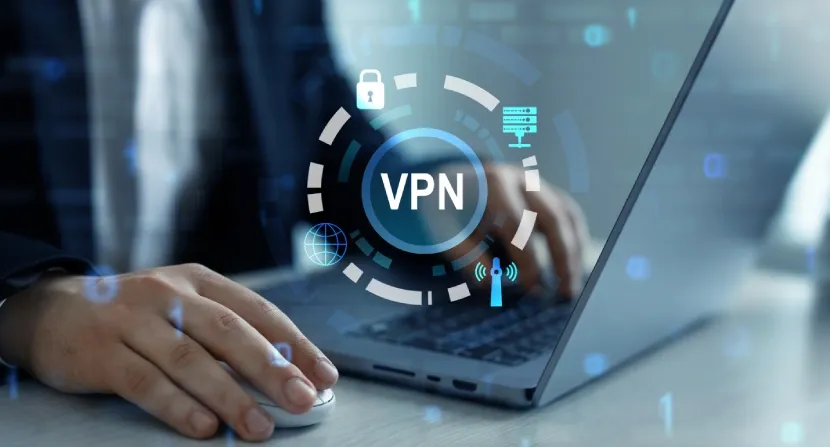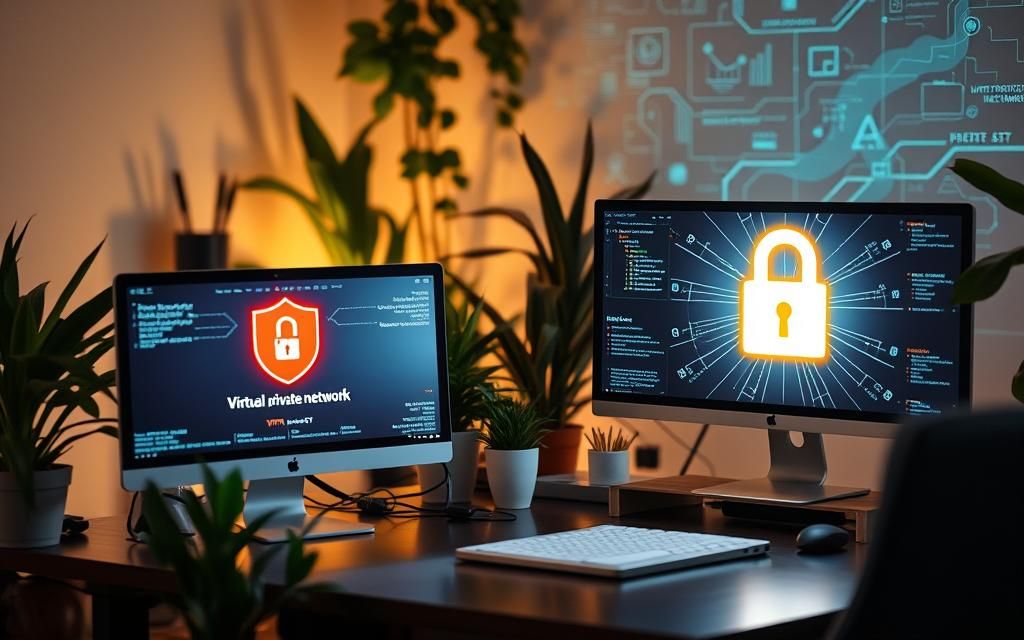Welcome to our comprehensive guide to securing your digital world. In today’s ever-evolving digital landscape, device security has never been more important. That’s why we’ve put together this device security checklist to help you ensure the safety and privacy of your technology. Follow these simple steps to keep your devices safe and secure. With our secure device checklist, you can rest easy knowing that your valuable information is protected from cyber threats.

Table of Contents
ToggleUnderstand the Importance of Device Security
Ensuring the security of your devices is crucial in protecting your valuable information. By implementing device security measures and best practices, you can safeguard against cyber threats and maintain your online privacy.
Device security best practices include setting strong passwords and enabling biometric authentication, keeping software and apps updated, securing your networks, enabling two-factor authentication, and installing antivirus and anti-malware software. By following these guidelines, you can enhance your device security and reduce the risk of a security breach.
Set Strong Passwords and Biometric Authentication
Creating strong passwords is an essential guideline for improving device security. Use a combination of upper and lowercase letters, symbols, and numbers to make it harder to guess. Avoid using personal information such as your name, date of birth, or address.
Another way to strengthen device security is to use biometric authentication. This enables your device to recognize your unique characteristics, such as your fingerprint or face, to grant access. Enable this feature wherever possible and set a secure backup option in case of failure.
Remember to change your passwords on a regular basis and use different passwords across devices and accounts. By following these guidelines and tips, you can significantly improve your device security.
Keep Software and Apps Updated
One of the most important device security recommendations is to keep your software and apps updated. Regular updates ensure that your device has the latest security patches, fixes, and features. It is essential to always update your operating system (OS) and apps to prevent vulnerabilities that attackers can exploit.
Most devices have an option for automatic updates, so you don’t have to check for updates manually. Setting your device to automatic updates ensures that it is regularly checked for new updates, and the latest versions of the software and apps are installed.
If automatic updates are not available, make sure to check for updates regularly. Periodically check your app store or settings for available updates. Also, avoid downloading apps or software from untrusted sources, as it may contain malware that can compromise your device security.
Secure Your Networks
Securing your device networks is vital to prevent unauthorized access to your personal and sensitive information. Here are a few steps and precautions you can take to enhance your device security:
| Steps | Precautions |
|---|---|
| Change the default name and password of your Wi-Fi and Bluetooth networks | Turn off Wi-Fi and Bluetooth when not in use |
| Use a virtual private network (VPN) when connecting to public Wi-Fi networks | Set up a guest network to separate guests from your main network |
| Limit the range of your Wi-Fi network and enable firewalls | Be cautious when connecting to unknown networks |
Following these device security steps and taking these device security precautions can significantly minimize the risk of cyberattacks and data breaches. Ensure you maintain a secure environment for your devices, and enjoy the peace of mind that comes with knowing your sensitive information is protected.
Enable Two-Factor Authentication
Two-factor authentication is a simple yet effective way to fortify your device security measures. By requiring a second form of identity verification, such as a fingerprint or a code sent to your phone, two-factor authentication provides an extra layer of protection against unauthorized access to your device and accounts.
Make sure you enable two-factor authentication on all of your devices and accounts that offer this feature. Most major websites, email services, and social media platforms provide this option, so take advantage of it whenever possible. Keep in mind that two-factor authentication is not foolproof, but it significantly reduces the chances of a security breach.
Install Antivirus and Anti-Malware Software
One of the best practices for device security is installing antivirus and anti-malware software on all of your devices. This software protects your devices from viruses, malware, and other malicious attacks that can compromise your personal information.
When selecting software, it’s important to follow some guidelines for the best results:
- Choose a reputable provider with a proven track record for delivering quality defense.
- Regularly update your software to ensure the latest security features and patches are in effect on your device.
- Run frequent scans on your device to detect any threats or security breaches, and fix them immediately.
By following these guidelines, you can effectively use antivirus and anti-malware software to improve your device security and protect your personal information from cyberattacks.
Conclusion
Device security is crucial in today’s digital age, where technology plays an integral role in our lives. By implementing the device security checklist, you can ensure the safety and privacy of your personal and professional information. Remember to set strong passwords and enable biometric authentication, keep your software and apps updated, secure your networks, enable two-factor authentication, and install antivirus and anti-malware software. These simple measures can go a long way in safeguarding your devices against threats and vulnerabilities.
Don’t compromise on your device security, as the consequences of a breach can be severe. Take control of your digital world by following these guidelines and best practices, and stay one step ahead of cyber attackers. Stay safe, and keep your tech secure!
FAQ
What is a device security checklist?
A device security checklist is a comprehensive guide that outlines the best practices, measures, and precautions you should take to protect your tech devices and ensure their security and privacy.
Why is device security important?
Device security is crucial because it helps safeguard your valuable information from unauthorized access, protect against malware and cyber threats, and preserve the privacy of your digital world. Implementing device security best practices is essential to mitigate risks and maintain a secure environment.
How can I set strong passwords and use biometric authentication effectively?
To set strong passwords, use a combination of uppercase and lowercase letters, numbers, and special characters. Avoid using common words or easily guessable information. Additionally, enable and use biometric authentication features such as fingerprint or facial recognition for an added layer of security.
Why is it important to keep software and apps updated?
Keeping your software and apps updated is critical because developers release regular updates that include important security patches and fixes. These updates address vulnerabilities and protect your device from potential threats.
How can I secure my networks, such as Wi-Fi and Bluetooth connections?
To secure your networks, ensure you have strong and unique passwords for your Wi-Fi router and avoid using public or unsecured networks. Disable the automatic connection to Wi-Fi and Bluetooth networks to prevent unauthorized access to your devices.
What is two-factor authentication and how does it enhance device security?
Two-factor authentication adds an extra layer of security by requiring you to provide a second form of verification, such as a unique code sent to your phone, in addition to your password. This helps protect your devices and accounts even if your password is compromised.
How can antivirus and anti-malware software help protect my devices?
Antivirus and anti-malware software scan your devices for malicious software, viruses, and other threats. By regularly updating and using reputable security software, you can detect and remove potential threats, keeping your devices secure.
What are the key takeaways from the device security checklist?
The key takeaways from the device security checklist are the importance of strong passwords, biometric authentication, software and app updates, network security, two-factor authentication, and installing antivirus and anti-malware software. Implementing these measures will significantly enhance your device security and protect your valuable information.
















